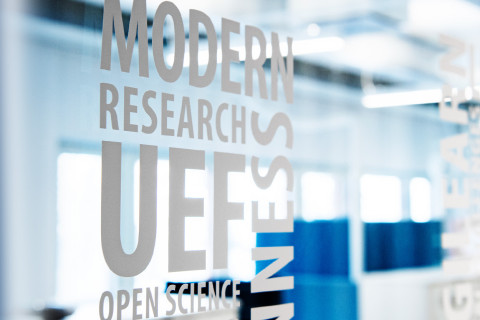The doctoral dissertation in the field of Biomedical Imaging will be examined at the Faculty of Health Sciences at Kuopio campus. The public examination will be streamed online.
What is the topic of your doctoral research? Why is it important to study the topic?
The topic of my doctoral thesis is to explore the potential of advanced MRI methods to examine secondary tissue damage at the sub-acute and chronic phase of traumatic brain injury (TBI) in rodents. Following brain injury, there is a cascade of subtle secondary injury mechanisms, and currently used quantitative MRI approaches either lack sensitivity or specificity to detect the varying pathological features associated with these tissue changes. Therefore, it is important to establish advanced MRI methods to improve the understanding of TBI-related pathological changes, which can pave the way for a better diagnosis in TBI patients.
What are the key findings or observations of your doctoral research?
My doctoral thesis facilitates a more comprehensive and precise understanding of tissue changes associated with the complex pathophysiology in a mildly- and severely injured brain. To fully examine the extent of the secondary damage, areas spatially extending from the primary injury site were also assessed. Furthermore, this thesis also disseminates the effectiveness and limitations of the advanced quantitative MRI approaches in their sensitivity to detect secondary tissue mechanisms after TBI, when compared to conventionally used MRI techniques. Overall, knowledge obtained in this thesis can lead to future developmental work for the implementation of advanced MRI methods, potentially leading to an improved understanding of TBI-related pathological changes.
What are the key research methods and materials used in your doctoral research?
My doctoral thesis employed advanced susceptibility and diffusion MRI-based approaches to assess their sensitivity in detecting secondary tissue changes in an experimental TBI model. Using high-resolution ex vivo MRI, we performed quantitative mapping to assess local variations in tissue susceptibility (study I) and applied higher-order diffusion modelling approaches to investigate alterations in tissue microstructure (study II) and tissue microstructural complexity (study IIII). The sub-acute and chronic phase after TBI is associated with several pathological processes, and therefore, MRI findings were corroborated with histology as ground truth. To fully examine the potential of these advanced MRI approaches, the results were compared with more conventional MRI techniques.
The doctoral dissertation of Karthik Sampath Kumar Chary, MSc, entitled Advanced MRI approaches for characterization of tissue microstructural changes in experimental traumatic brain injury will be examined at the Faculty of Health Sciences at Kuopio campus. The Opponent in the public examination will be Professor Tim Dyrby of the Technical University of Denmark, and the Custos will be Docent Alejandra Sierra López of the University of Eastern Finland.
Doctoral dissertation
For further information, please contact:
Karthik Sampath Kumar Chary, MSc, karthic(a)student.uef.fi



